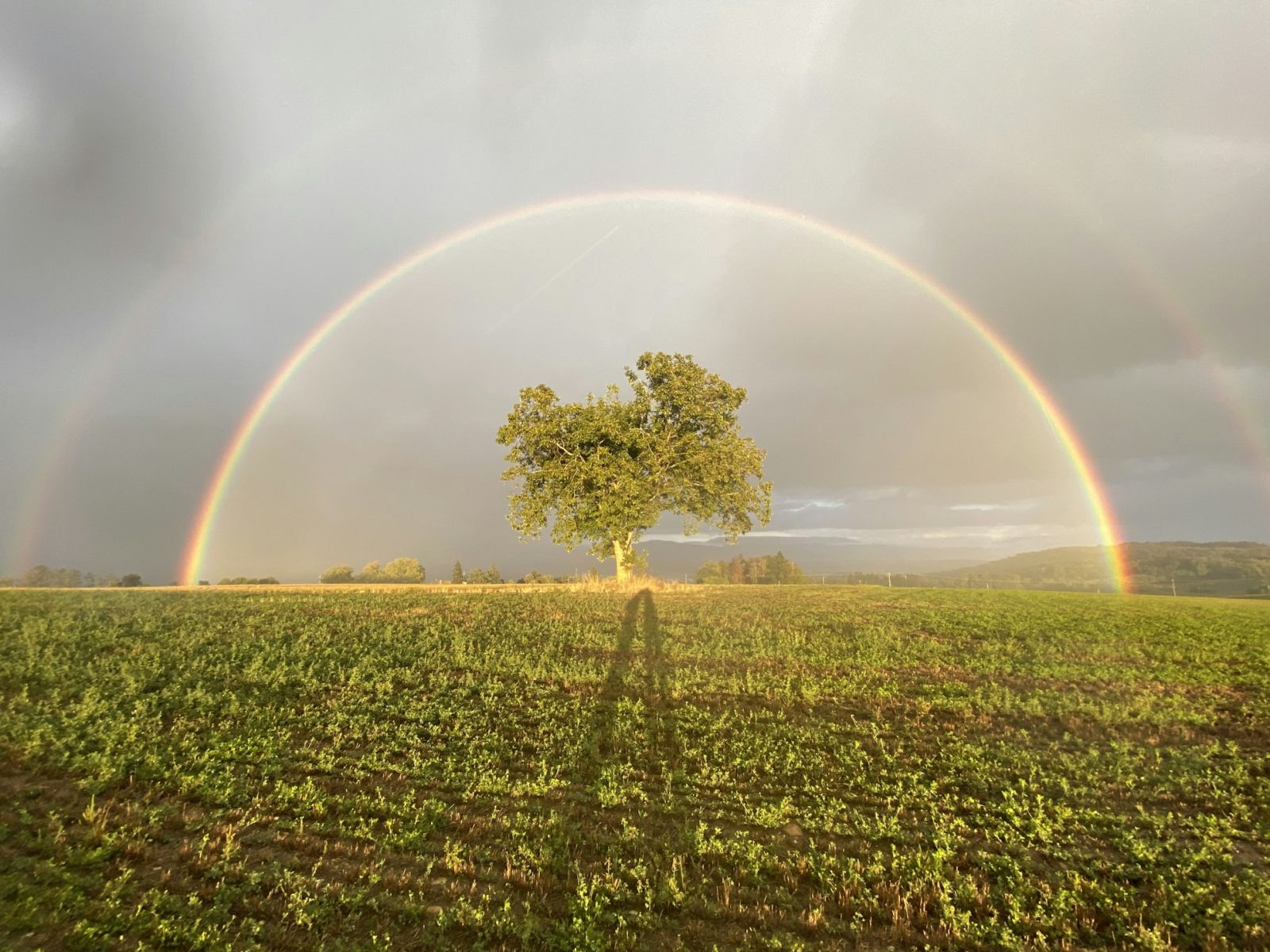Follow us on Google News (click on ☆)

Illustration image Unsplash
When it rains and the sun shines at the same time, you might see a rainbow. A rainbow forms through the refraction, reflection, and dispersion of light within raindrops. Let's explore each of these steps in more detail.
Refraction, reflection, then dispersion
Sunlight appears white but is actually composed of all the colors of the rainbow: red, orange, yellow, green, blue, indigo, and violet. When sunlight enters a raindrop, it slows down and bends, a process called refraction. Refraction separates the white light into its different colors because each color bends at a slightly different angle.

Wikimedia image
Finally, the light refracts again as it exits the raindrop. This second refraction amplifies the separation of colors. When this light exits the drop, the different colors are sent in different directions, creating the rainbow we see.
The order of colors in a rainbow is always the same: red on the outside and violet on the inside. This is due to the different angles of refraction for each color, with red bending the least and violet bending the most.
There are several types of rainbows, including double rainbows where a weaker secondary arc appears outside the primary arc. This second arc has reversed colors due to two internal reflections within the raindrops.
Why an arc and where to find it?
The circular shape of a rainbow results from the spherical nature of raindrops and the specific angles of refracted light. In reality, a rainbow is a complete circle, but the ground blocks the lower part, giving us the impression of seeing only a portion of a circle. Under certain conditions, such as in an airplane, it is possible to see a complete rainbow: a circle.
The angle of observation is determined by geometry. Rainbows typically appear when the sun is low in the sky, such as early in the morning or late in the afternoon. The angle described by a primary rainbow is 42 degrees, in the direction opposite the sun (if the rainbow is in front of you, the Sun is at your back).
If it's raining but the sun breaks through low on the horizon, turn your back to the sun. You might see a rainbow in front of you, if the observed area is experiencing precipitation.